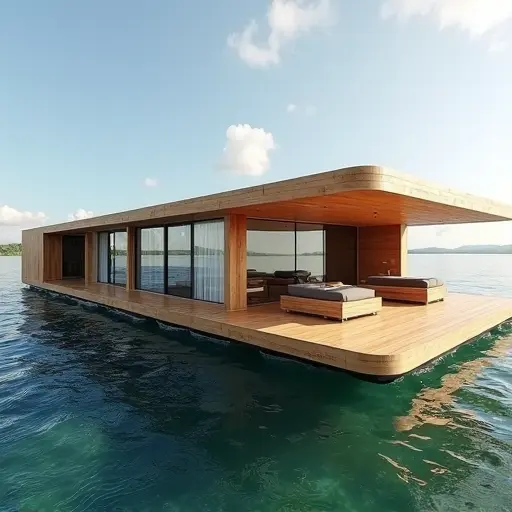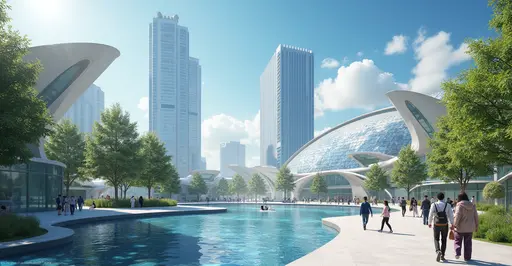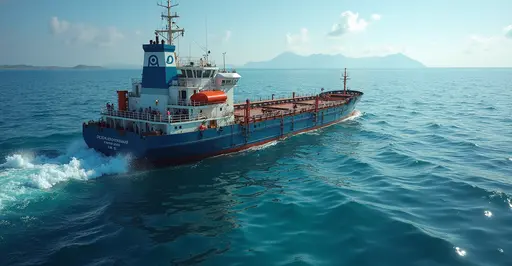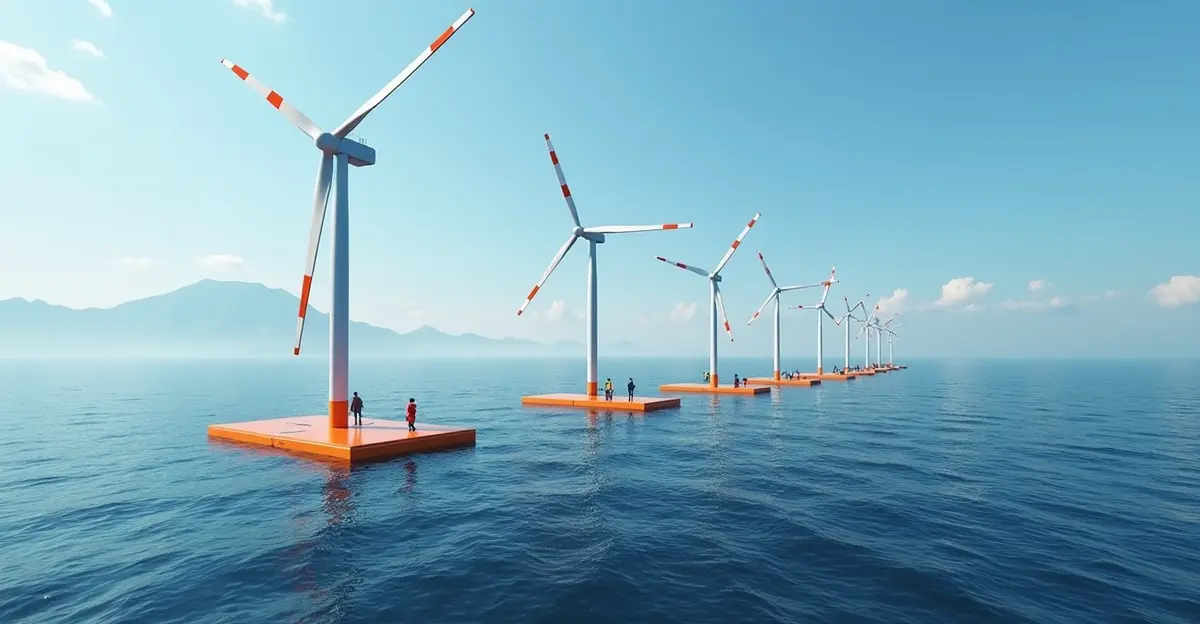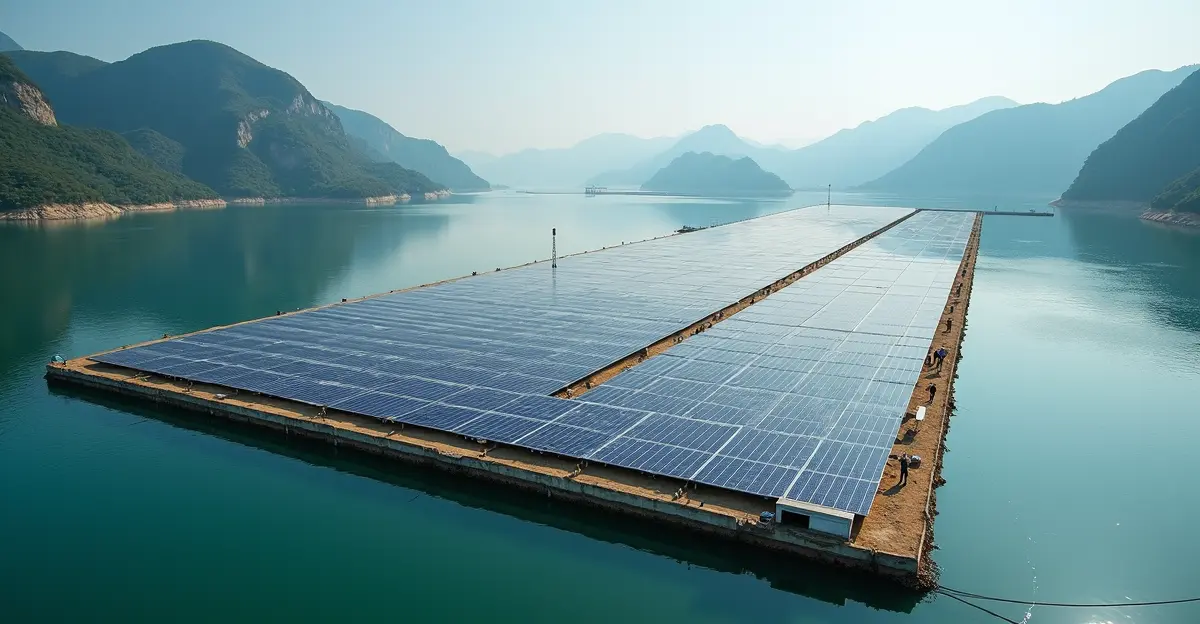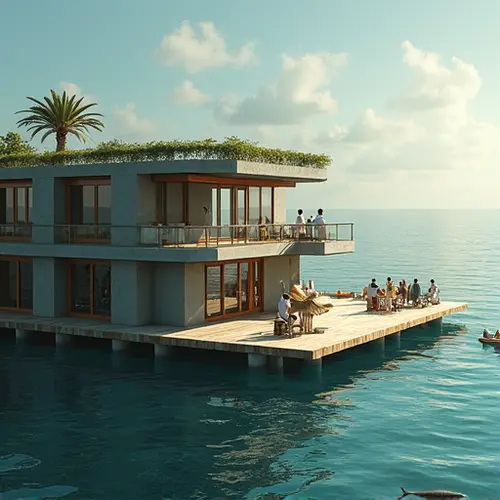
The Rising Tide of Aquatic Urbanism
As sea levels climb due to climate change, architects are reimagining urban living with self-sufficient floating cities. These autonomous habitats—inspired by pioneers like Japanese metabolist Kiyonori Kikutake’s 1958 Marine City concept—aim to create resilient communities on water. Current designs integrate renewable energy, food production, and waste recycling to function independently from mainland resources.
Modern Innovations Taking Shape
Projects like Oceanix Busan (set for completion in 2025) demonstrate this evolution. Designed by Bjarke Ingels Group in partnership with UN-Habitat, its hexagonal platforms host 10,000 residents using solar power, hydroponic farms, and water-purification systems. Similarly, the Maldives Floating City mimics coral structures to promote marine life while housing 20,000 climate refugees.
Environmental and Technical Challenges
Despite promise, these cities face hurdles. MIT researchers warn about ecosystem disruption from large-scale floating infrastructure. Innovations like Vincent Callebaut’s Lilypad ecopolis address this with carbon-absorbing algae skins and ocean thermal energy conversion. Dutch engineers also test modular systems in Rotterdam’s floating neighborhoods, proving small-scale viability.

 Nederlands
Nederlands English
English Français
Français Deutsch
Deutsch Español
Español Português
Português



